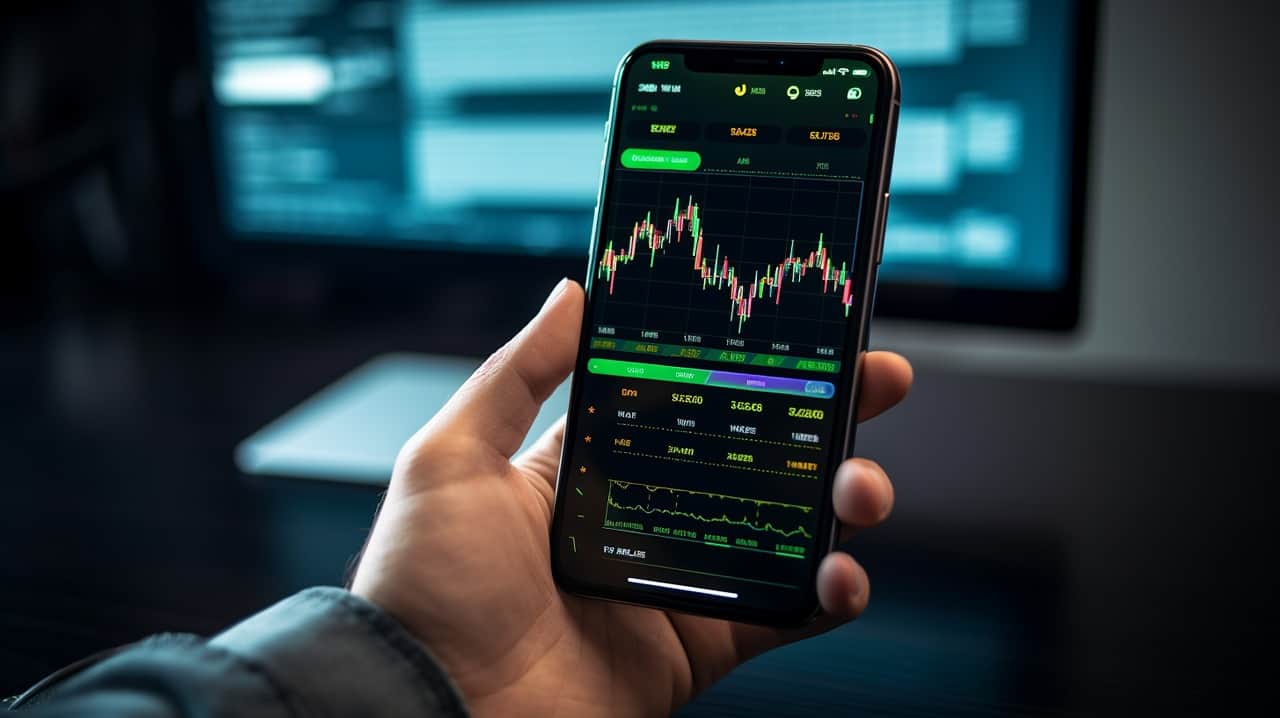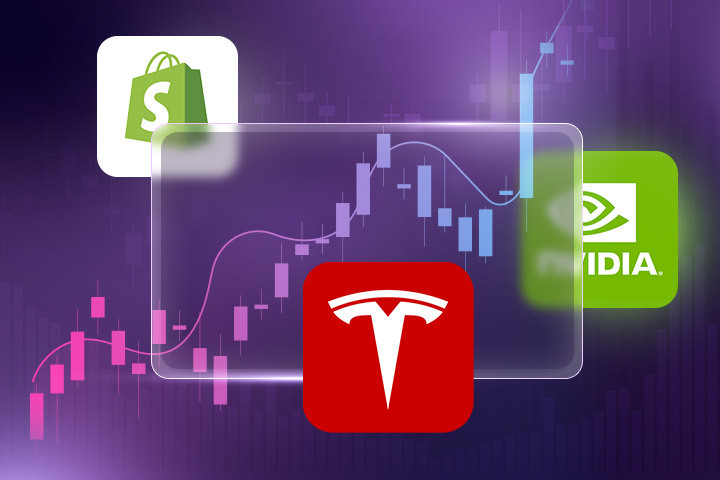
-
Whatsapp:
+44 7350 732359 -
Email:
[email protected] -
Location:
71-75 Shelton Street, Covent Garden, London, United Kingdom, WC2H 9JQ
Spot Metals trading allows traders to speculate on the live (or “spot”) prices of popular precious metals—like Gold and Silver—without taking possession of any physical bullion. Instead, positions are opened and closed based on real-time prices, giving traders the opportunity to capitalize on short-term market movements or hedge against economic uncertainties.
Trading spot metals can be appealing because these assets often serve as safe havens during times of market turbulence. However, it’s important to understand both the benefits and risks of leverage, volatility, and other factors inherent in metals markets. Below, we explore their advantages, popular instruments, and key considerations to help you get started.


Traders typically focus on metals with deep liquidity and strong market interest:
Each metal has distinct supply-demand dynamics, so research is key to understanding potential price drivers.

Spot metals trading involves buying or selling precious metals at their current market price. Unlike futures contracts, which may have expiry dates, spot markets reflect immediate settlement. Your profit or loss is the difference between the entry and exit prices.
Always review your broker’s terms regarding swaps, spreads, and any holding costs that might apply to spot positions.

Spot metals can be highly sensitive to macroeconomic events, interest rate changes, and market sentiment. Effective risk management helps maintain consistent performance:
Staying informed of economic releases and market news is especially important when trading precious metals.
Trading spot metals carries significant risk. Price swings can be swift and influenced by global economic forces. Leverage can amplify both gains and losses, potentially exceeding your initial deposit.
Seek independent advice if necessary and trade responsibly. Past performance does not guarantee future results.